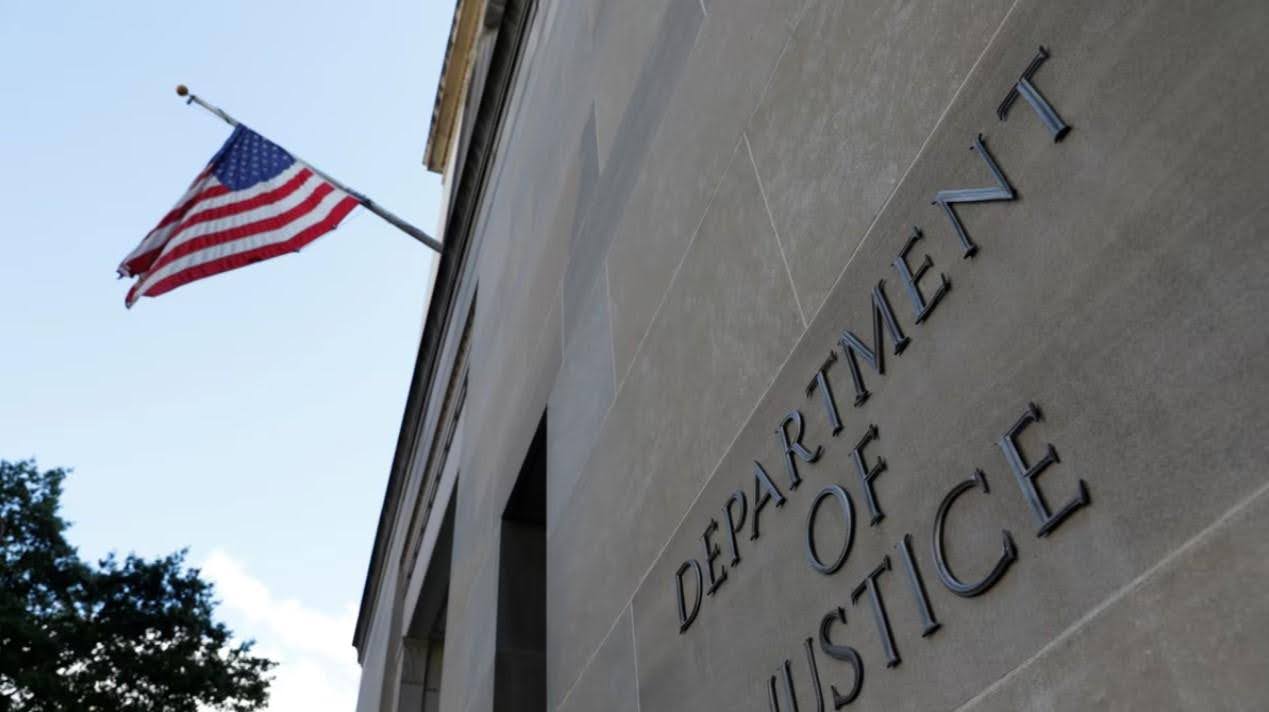Crypto Executive Behind $530M Scandal: Russian Ties, Sanctions Evasion & 22 Criminal Charges
Key Takeaways:
- $530 million in crypto allegedly laundered through U.S. banks by Russian national using Tether (USDT).
- Defendant used U.S.-based crypto companies to bypass sanctions and fund Russian entities, including nuclear suppliers.
- 22 federal charges filed, including bank fraud, sanctions evasion, and operating an unlicensed money-transmitting business.
A Russian-born entrepreneur has been arrested in New York for allegedly turning a crypto payments company into a high-speed laundering vehicle that secretly routed over half a billion dollars for sanctioned Russian banks and tech buyers. Prosecutors say it’s one of the most brazen uses of crypto infrastructure to undermine U.S. sanctions to date.

Crypto Firm Allegedly a Front for Sanctioned Russian Transactions
The Department of Justice has unsealed a 22-count indictment against Iurii Gugnin, also known by aliases including George Goognin. Central to the case is Evita, a cryptocurrency payment startup that Gugnin created and ran in the United States. The firm was not what it appeared to be, prosecutors said.
Between June 2023 and January 2025, Evita is said to have moved $530 million through the U.S. financial system, the bulk of it in Tether (USDT). The DOJ accuses the funds of being sourced from Russian customers associated with banks that have already been sanctioned, such as Sberbank, VTB and Tinkoff, and having been laundered through American providers of banking and crypto services.
Court filings state that Gugnin went to great lengths to conceal this fraud, including moving funds between crypto and fiat currencies and falsifying invoices, as well as inflating amounts, and using fake customer names. The transactions allowed Russian clients to maintain their money outside their country, move it discreetly and purchase sensitive U.S. technologies.ndef (such as that used in missile guidance systems) officially — even though the parts would have to be imported into the U.S. by a Rosatom company.
Read More: Russia’s Largest Bank Bets Big: Launch of Bitcoin-Tied Bonds Signals Major Crypto Shift
How the Scheme Worked
Layering and Conversion Through USDT
Gugnin allegedly accepted crypto, primarily USDT, from foreign clients holding assets in sanctioned Russian banks. He then converted these digital funds into U.S. dollars or other fiat currencies using U.S.-based bank accounts and exchanges. Prosecutors say he often misled financial institutions by claiming Evita had no dealings with Russian clients or restricted jurisdictions.

The laundering method reportedly included multiple digital wallets and fake invoices. For instance, customer identities were redacted or altered, leaving U.S. banks and exchanges blind to the true origins and endpoints of the transactions.
This layered conversion not only disguised the audit trail, but also enabled foreign nationals to bypass U.S. export restrictions. Some of the purchases included export-controlled servers and semiconductors, which authorities say were shipped to intermediaries acting on behalf of Russian government-linked clients.
Deception and Regulatory Violations
No Real Compliance Program
Despite claiming to follow strict AML (anti-money laundering) and KYC (know-your-customer) procedures, investigators say Evita had no meaningful compliance program. The company allegedly failed to file Suspicious Activity Reports (SARs) as mandated by the Bank Secrecy Act.
Gugnin went as far as fraudulently registering Evita Pay as a licensed money transmitter in Florida. This deception allowed the company to gain legitimacy in the eyes of a major cryptocurrency exchange, which then processed high-volume transfers on Evita’s behalf.
Notably, Gugnin also maintained personal accounts at Alfa-Bank and Sberbank, two major Russian banks under U.S. sanctions, while residing in the United States.
Read More: Russia Tightens Crypto Mining Stranglehold: What’s Driving the Latest Bans?
Digital Paper Trail Reveals Intent
Investigators say Gugnin left behind a trail of internet searches that paint a picture of a man aware he was skating on thin legal ice. Among the phrases he reportedly searched:
- “Am I being investigated?”
- “Money laundering penalties US”
- “Evita Investments Inc. criminal records search”
He also visited pages about how to detect if you’re under federal investigation. This digital footprint, prosecutors argue, underscores his knowledge and intent to violate U.S. laws.
Stiff Penalties on the Table
If convicted, Gugnin faces the following maximum sentences:
- 30 years per count for bank fraud
- 20 years per count for wire fraud, money laundering, and violating the International Emergency Economic Powers Act (IEEPA)
- 10 years for AML and SAR violations
- 5 years for operating an unlicensed money-transmitting business and conspiracy to defraud the U.S.
With 22 separate charges, the total exposure could result in multiple decades in prison.
Shockwaves Through the Crypto Landscape
Crypto’s Role in Sanctions Evasion Under Renewed Scrutiny
This case comes at a time when U.S. regulators are intensifying oversight of the crypto sector’s role in illicit finance. The DOJ and Department of Commerce have been aggressively pursuing cross-border crypto violations, particularly those that threaten national security.
The investigation was led by the Disruptive Technology Strike Force, a multi-agency initiative aimed at curbing the export of sensitive technologies to adversarial regimes like Russia and China.
Crypto insiders say the indictment could have far-reaching implications. Exchanges, wallet providers, and payment processors may now face greater pressure to vet clients, monitor wallet activity more closely, and strengthen on-chain analytics systems to detect red flags.
Tether (USDT) — the stablecoin most commonly used in the alleged transactions — has frequently come under criticism for its role in high-volume, cross-border flows that sometimes evade regulation. This case is likely to amplify calls for enhanced transparency in how stablecoins are issued and redeemed.
The post Crypto Executive Behind $530M Scandal: Russian Ties, Sanctions Evasion & 22 Criminal Charges appeared first on CryptoNinjas.
CryptoNinjas






















